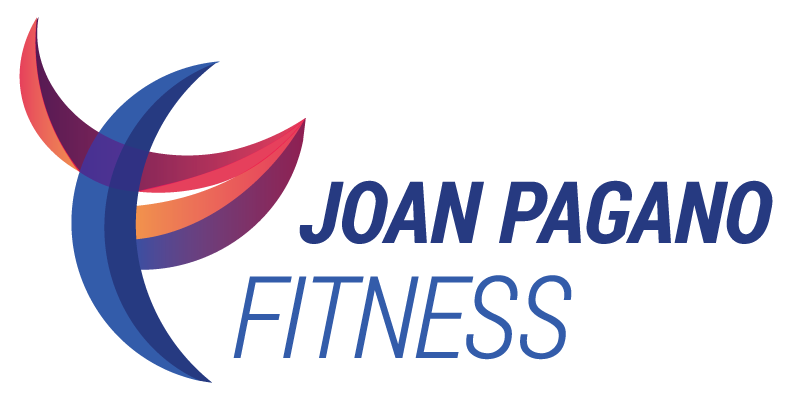Is Your Spine Bent Out of Shape?
As you sit reading this, what is the shape of your spine? Are you hunched over your computer, leaning on your desk or slumped back in a chair? Daily postures can sabotage proper spinal alignment, but a few easy exercises help reinforce the natural curves of the spine, improving both your normal posture and your form in weight training exercises. The natural curves of the spine:
- serve to counteract the constant force of gravity on the body.
- ensure that the joints work efficiently.
- enhance body mechanics in all positions – standing, sitting, on all fours, moving.
In neutral alignment the curves create a functional balance:
- two slight inward curves of the neck and low back
- two slight outward curves of the mid-back and sacrum
When any of these curves becomes exaggerated it can cause strain in the joints, ultimately leading to headaches, neck and shoulder problems, sciatica, and hip and knee pain. When overloaded with weights, this can cause worse problems.
Get in the habit of doing these four simple exercises to improve your spinal alignment. You can even do them sitting at your desk. Repeat each move 5-10 times daily.
- Lengthen the spine: To restore and maintain the normal curves of the spine, try this "growing exercise." Take a deep breath, filling the belly with air, and gradually lengthen the spine as you lift the top of your head to the ceiling. Think of elongating through the torso, stretching the space between the ribs and the hips, decompressing the spine. Fluff up the chest by drawing the air up into the chest cavity. As you exhale, hold the height and stay tall.
- Realign the head: It is common to develop a forward head position from our daily activities. The "neck press" strengthens the muscles of the neck and upper back and realigns the head over the shoulders. Put two fingers on your chin. Inhale, then as you exhale use your fingers as a cue to retract your chin, i.e. move it straight back, pressing the curve out of the back of your neck. Keep your chin level being careful not to push it down. Release and repeat.
- Anchor the shoulder blades: When you're in the habit of slouching, your shoulder blades slide forward and apart exaggerating the curve of the mid-back. "W's" activate the muscles that stabilize your shoulder blades, an extremely important technique to use when doing upper body weight training. Hold your arms out to the sides, palms forward, with the elbows bent and in line with the shoulders. To form a "W", inhale, then squeeze the shoulder blades down and together as you let your breath out slowly. Hold for 2-3 seconds and repeat.
- Align the pelvis: the position of the pelvis determines the degree of curve in the lumbar spine. Neutral spine alignment is midway between a full arch and a flat back position. Explore your personal range of motion by tilting your pelvis forward and back. Return to a neutral position, allowing the slight curve in the low back area - just enough to slip your hand in if you are lying on your back or standing straight with your back against the wall. Tighten your abdominals to hold this position.
